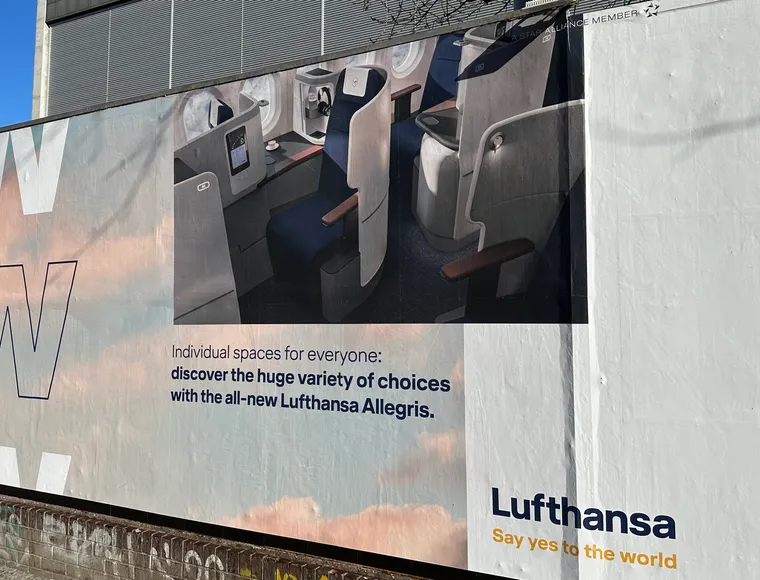The Lufthansa Group has a fundamental problem with its onboard product, especially in the first and business class cabins that are the heart of its longhaul revenue engine.
In part 2 of our deep dive feature articles stemming from the airline group’s Capital Markets Day this month — read part one if you haven’t already — we take a hard look at the hard product and the aircraft that it flies on, what the Lufthansa Group is planning to do with it, and whether that will be sufficient to reverse its fortunes.
Fundamentally, it’s been a long time since Lufthansa was an airline of choice on the basis of passenger experience.
In first class, Singapore Airlines introduced the first doored suite in 2006. Lufthansa’s first doored suite, of the Allegris generation, didn’t even fly when that product débuted, blocked by certification woes until the end of 2024.
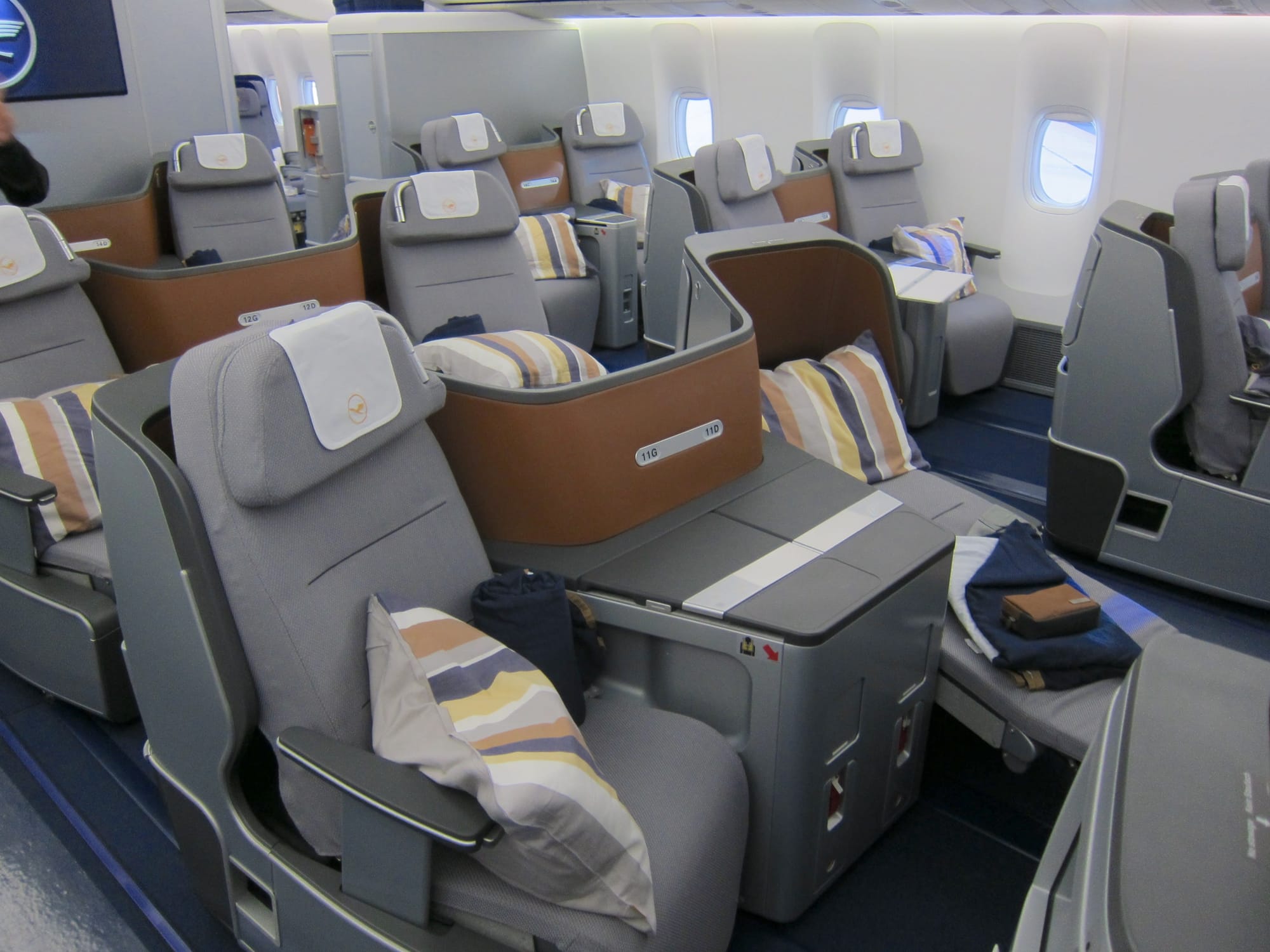
In business class, Lufthansa’s selling point for at least the last twenty years has been its network, not its actual hard product.
Lufthansa introduced its customised Collins Diamond fully flat bed in the early 2010s, which infamously features the “footsie” seat in the pairs facing each other, and which doesn’t offer direct access for every passenger.
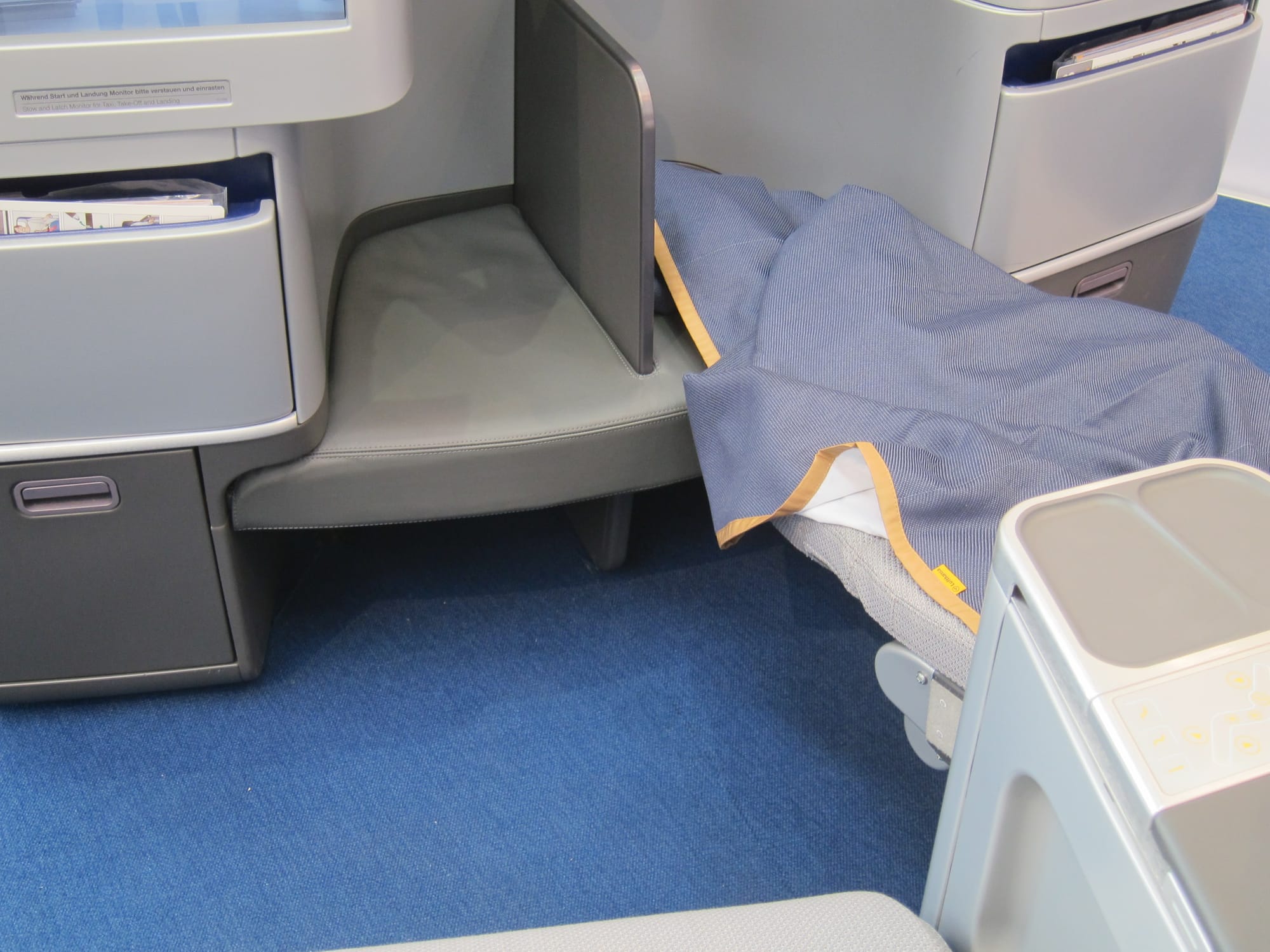
The customised Diamond replaced the angled lie-flat Recaro 6510 seat in the early 2000s, but neither was at the forefront of its own generation of seats.
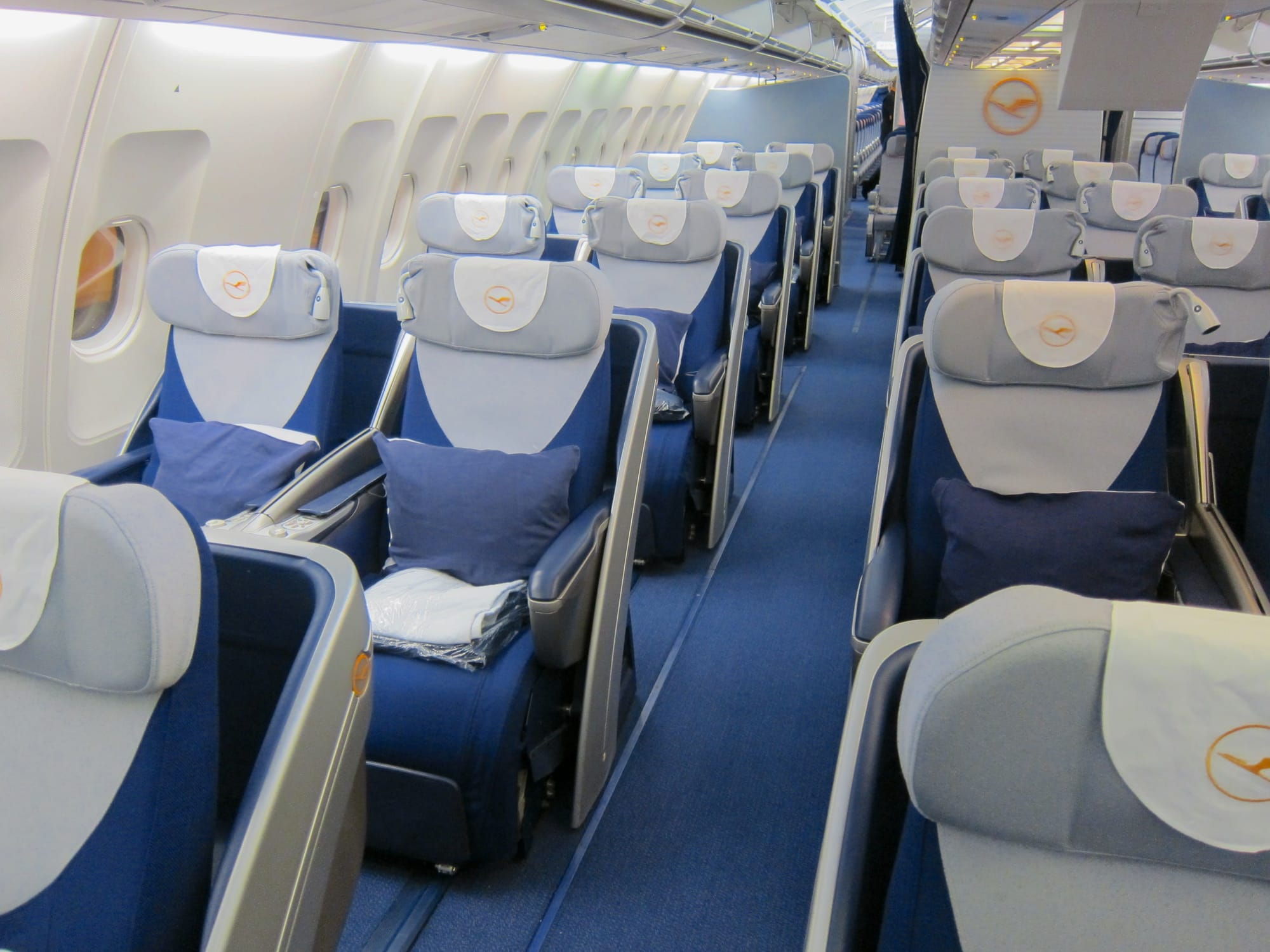
For its part, the Recaro 6510 trailed the first angled lie-flat, Virgin Atlantic’s late-1990s J2000, by a few years, while Diamond was introduced by Continental a few years before Lufthansa débuted its version.
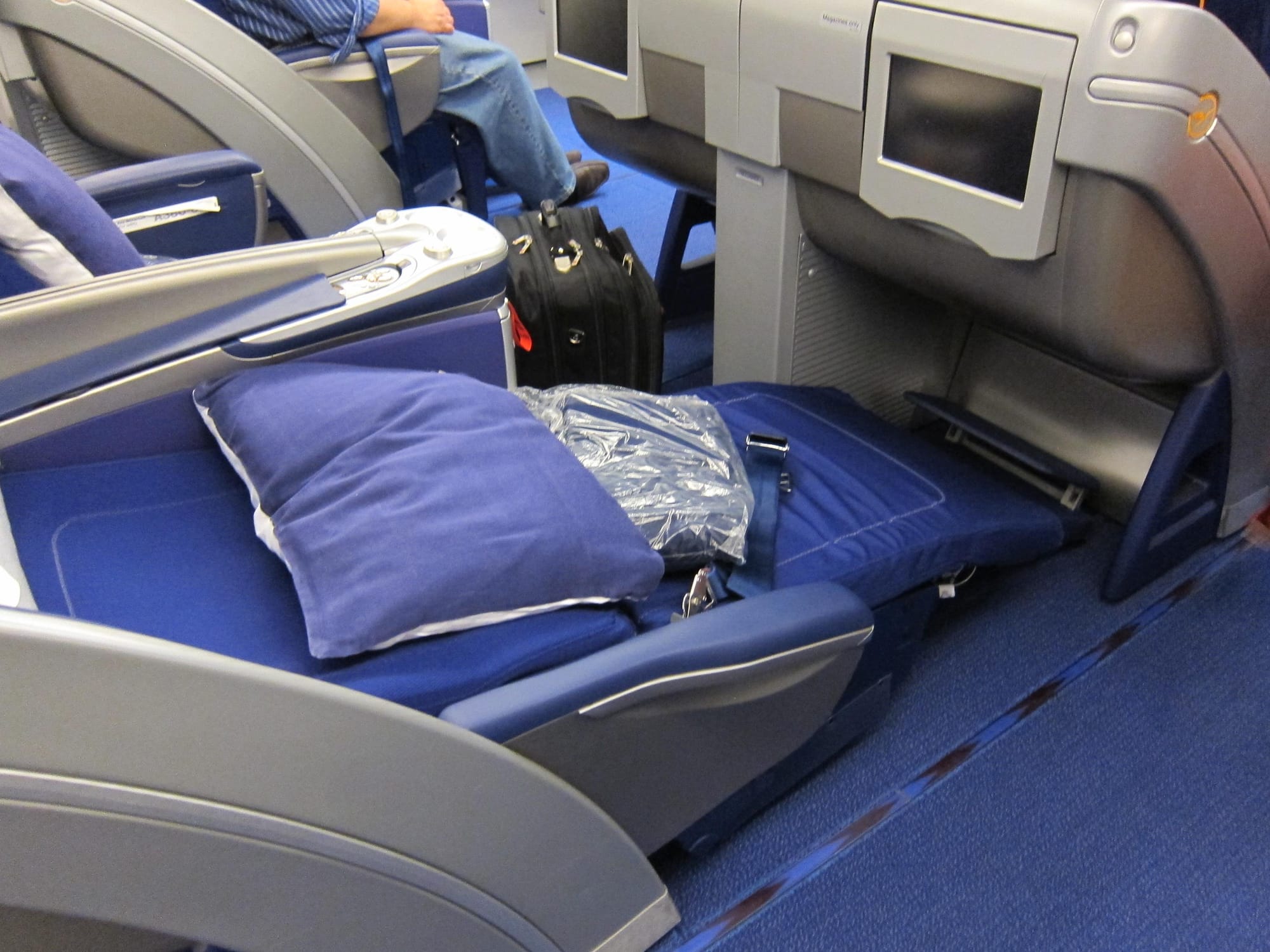
Even then, Diamond came long after the introduction of the fully flat bed (without direct aisle access), the British Airways “Mohawk” original Club World flatbed from 2000, by nearly a decade.
But, unlike the situation with Allegris today, those seats weren’t more than a decade out of date when they entered into service, and they were the same on pretty much every Lufthansa airplane once they rolled out.

